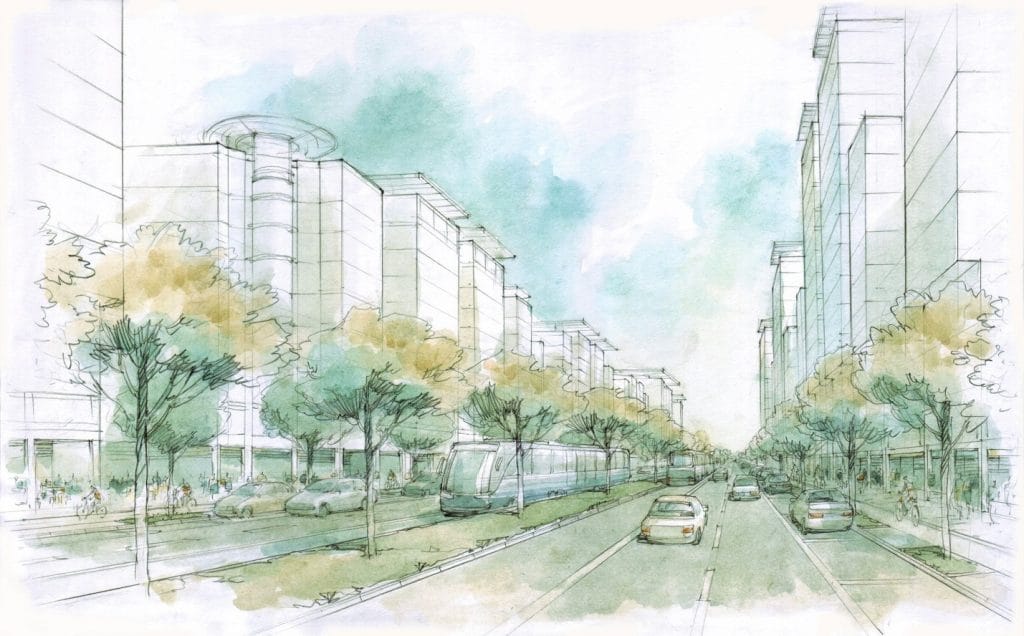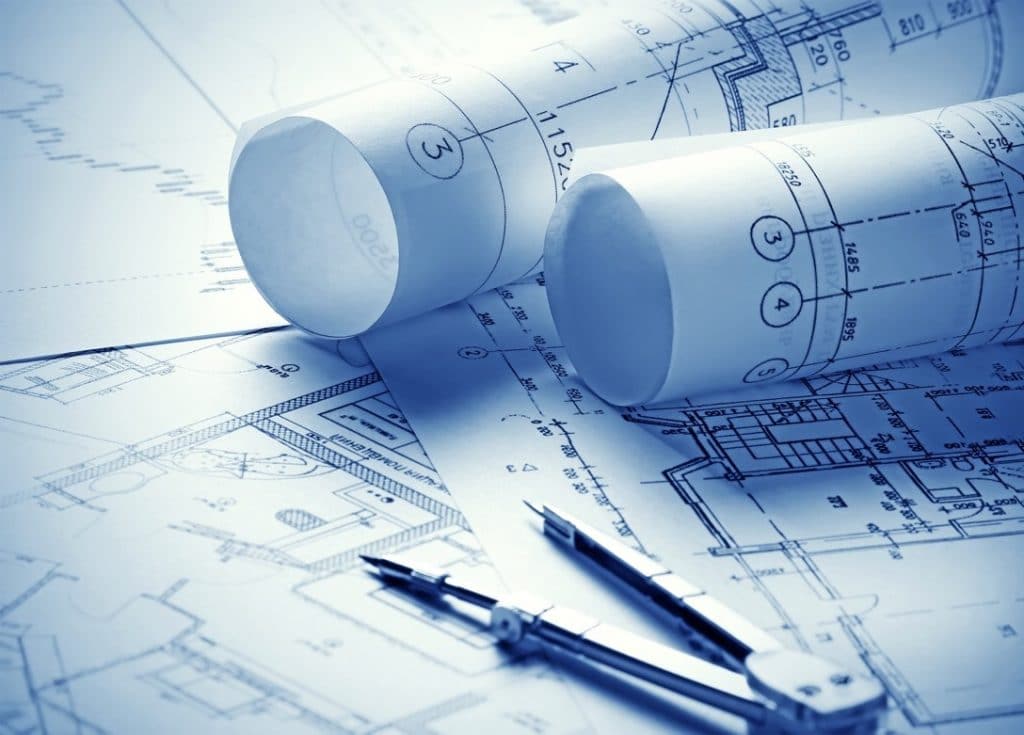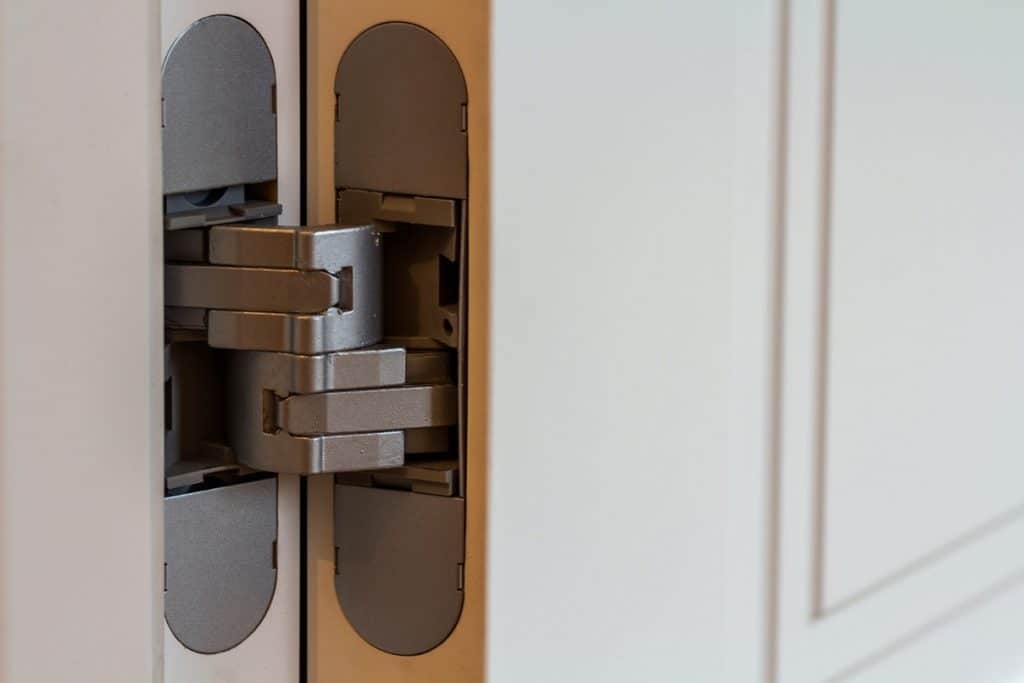7 Ways Security & Architectural Design Can Be Seamless

Security consultants are advisors and supervisors who work with security protocols, plans, systems, and strategies. They also work closely with architects in many aspects of building design.
But can that relationship be completely symbiotic?
The most effective way to ensure building design and security seamlessly exist is for architects and security consultants to work closely together on behalf of the client.
Taking a team approach and working in concert early in the design process, will help lead to fewer change orders and ensure projects finish in a timely fashion.
The ultimate goal is for both parties to take pride in having produced an aesthetically pleasing space that incorporates the latest in safety technology.
Here are some suggested steps:
1. Determine the operational intent
Being able to respond early during the design phase and anticipate the needs of architects is crucial to any security design process. Perhaps begin by determining the operational intent of the security door hardware and field devices. This includes ensuring they meet the needs of the end–user as well as life safety/egress code.

2. Know who is installing components
Discover who is providing and installing the various components—locks, wiring, conduit, stub-ups, junction boxes, rough-ins, card readers, and head-end panels. Know who is terminating each one.
3. Incorporate ADA-accessible heights
Discuss the installation heights for the security devices—distance above the finished floor to the middle, top, or bottom of the device. Ensure devices are installed at ADA-accessible heights.
4. Request product data sheets
Ask what finish/color options are available for door hardware and security field devices like card readers, cameras, exit sensors, and buttons. Request product data sheets to review aesthetics.

5. Use architectural door numbers
Request that the security consultant and related trades use architectural door numbers for device numbering/naming. This supports ease of coordination and tracking.
6. Coordinate field device locations
Inquire as to whether field device locations have been coordinated with other trades—plumbing, fire, signage, lighting, and sprinklers to limit design errors.

7. Ensure requirements are coordinated
Help ensure field device requirements such as power, network, rough-in, etc. have been coordinated with other trades. This can help minimize costly slowdowns or shutdowns during construction.
Best of both worlds
Projects will exceed expectations when the architects and security consultants communicate early in the process. By incorporating security into aesthetics, the result is the best of both worlds.
Click here to download these 7 steps in a single-page flyer
-
- Product’s Usage
- Basis of Design
- Product’s Quality
- Product’s Cost
- Compliance with the customer’s functional requirements
- Documented approach on meeting customer requirements
- Vendor’s Competency Level
- Vendor’s Financial Position
- Relevant Client References
- Project Closeout
Additional Reading
The 5 Benefits of Incorporating Security Early in the Design Process
Incorporating Security Into Controlled Substance/Biotech Facility Design
Best Practices around Security through Environmental Design
Designing and Building an Effective SOC That Meets Your Unique Needs
-
- Product’s Usage
- Basis of Design
- Product’s Quality
- Product’s Cost
- Compliance with the customer’s functional requirements
- Documented approach on meeting customer requirements
- Vendor’s Competency Level
- Vendor’s Financial Position
- Relevant Client References
- Project Closeout
About Atriade
Atriade is a security consulting firm. We provide security system design services for access control, perimeter protection, video and visitor management, and other physical security technologies. Our client portfolio includes Fortune 50 companies, Ivy League universities, and leading technology firms in Silicon Valley.
We also provide security master planning, program development, risk assessments, professional services, and project management.
Visit us online at Atriade.com
Connect with us on LinkedIn
Subscribe to our LinkedIn Newsletter: Take A Risk
- Categories:
- Blog,
- Security Design
